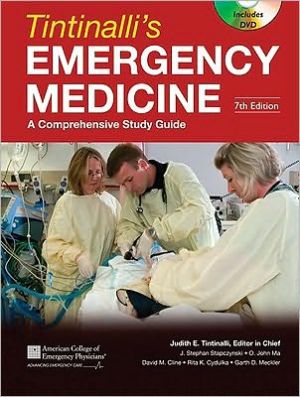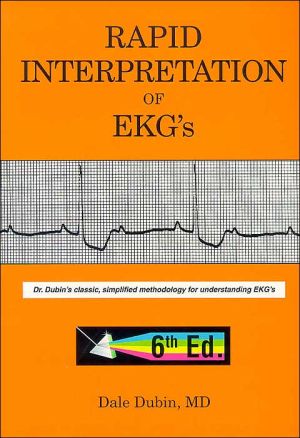Climbers Guide for Treating Medical Emergencies
From pulmonary edema to bashed knuckles, physician and outdoor athlete Dr. Patrick Brighton covers everything a climber needs to know to stay well along the way. Whether bouldering the backyard or seeking shelter high atop Aconcagua, this guide gives readers simple, straight-forward advice to help handle an emergency situation.
Search in google:
From pulmonary edema to bashed knuckles, physician and outdoor athlete Dr. Patrick Brighton covers everything a climber needs to know to stay well along the way. Whether bouldering the backyard or seeking shelter high atop Aconcagua, this guide gives readers simple, straight-forward advice to help handle an emergency situation. The book prepares climbers to prevent illness and injury; recognize illness and injury when it occurs; and remain calm and implement appropriate treatment when needed. With a refreshing splash of humor, this series is as informative as it is entertaining.
Most of us have only about 5 quarts of blood running around our bodies, so you may want to keep as much as you can. One of my very favorite teachers imparted to me an important caveat concerning bleeding in the trauma situation: 'there isn't any blood vessel outside of the chest and abdominal cavities bigger than your finger". Actually, given the size of my hands there isn't a blood vessel in a cape buffalo bigger than my finger, but the point is if you encounter bleeding, even scary, pulsating, massive bleeding; PUT YOUR FINGER ON IT! Really, it will stop. If it doesn't stop completely, put 2 or 3 or 4 fingers on it, and push really, really hard. You will have to have something to push against - wrap your other fingers around the arm, place the injured leg against a log, etc.\ You will read in medical books to find the pressure point in the armpit, groin, etc to compress to stop bleeding. This DOESN'T WORK. I've tried it multiple times for gunshot wounds, and knife wounds to essentially all the major extremity arteries and veins just to see,, but if you need to see for yourself, go ahead. If you do have a laceration of a major blood vessel, it may stop bleeding while you are holding pressure, only to start up immediately when you release. In this case you will just have to continue to hold pressure until you reach definitive medical help. Many times, however, bleeding will stop if you hold enough pressure to completely occlude the break in the blood vessel and allow the bodies natural clotting mechanism to form a plug. This may take 10-15 minutes or even longer. Keep checking every 5 minutes or so. If the bleeding is slowing down, keep on with the pressure until it stops. If it does stop, and it has been a very active bleeding site, don't bother cleaning it or looking for other injuries in the area, just cover it with a clean gauze or rag or whatever and get out of Dodge.
(1) Eyes, Ears, Nose, Mouth (2) Gastrointestinal Disorders (3) Backcountry Evacuation (4) Animal/Insect Bites (5) Open Wounds/Lacerations (6) Fractures/Dislocations (7) CPR (8) Extreme Temperature Exposure (9) Miscellaneous








